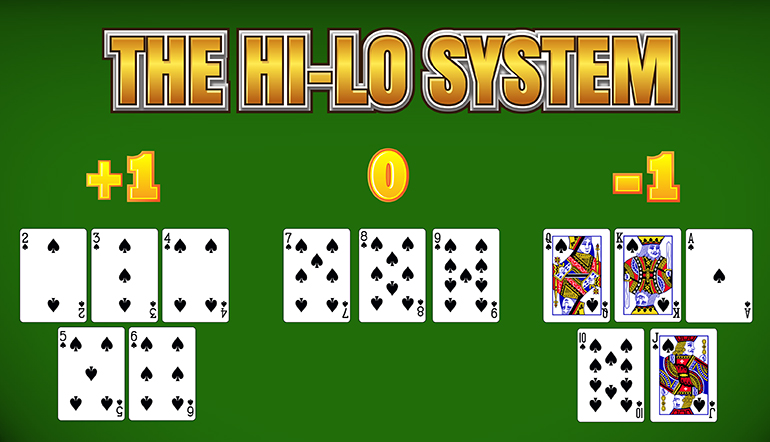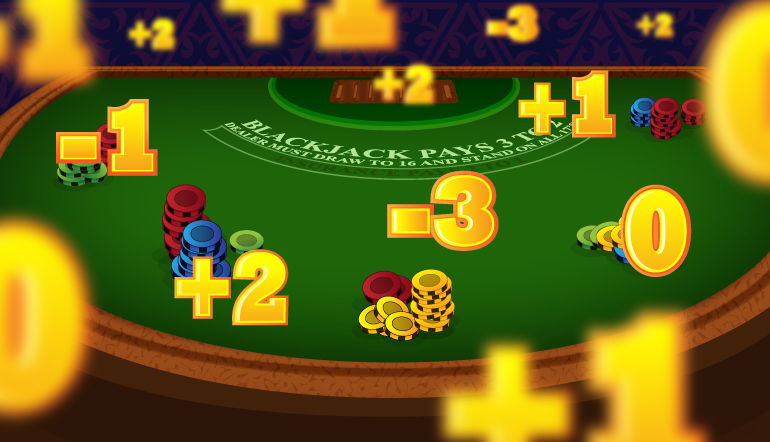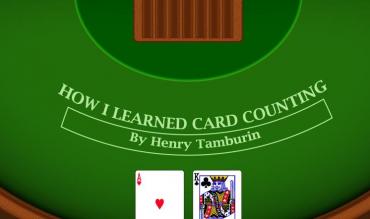I've written about my experiences with blackjack many times. Previously, I explained how I came to play blackjack and mastered the art of basic blackjack strategy. It was around 1969. In my second article on the topic, I will explain how I started to count cards.
While attending UMD (University of Maryland), my college professor gave the class a 'Statistics and Probability' assignment. In our oral presentation, we could choose any game and determine the rules and the probabilities associated with it. We could also set the best playing strategies for this particular game. To the best of my recollection, several of my classmates chose games like chess and bingo. I opted for blackjack.
My 'Statistics and Probability' presentation was a turning point in my life, and I know it stunned my classmates and professor. My rationale was simple: by using an optimal playing strategy, it is possible to beat the game of blackjack. Put differently, you should increase your bets when the advantage is in your favour. But, of course, the best way to do this is card counting.
In anticipation of my presentation, I got my hands on as many books as I could on the subject. I devoured the content and set about preparing for my presentation. I knew that meticulous card counting could give the player an advantage over the casino in blackjack games. That's when I first decided to become an advantage player in blackjack.
Make no mistake about – reading a book or two doesn't make you a card counter. Nor does it make you successful at this art. The only way you can successfully gain an edge over the casino is through extensive practice. For my part, it became my passion. I wanted to become the most skillful card counter possible. So, along with my wife Linda, we began this journey together.
The Hi-Lo Card Counting System in Practice
The information I soaked up in the books served me well with the Hi-Lo Card Counting system. I took a deck of playing cards and learned card counting mechanics. The process is relatively simple. First, you turn the deck of cards over, one at a time. Then, with each new card, you keep a running count. If I implemented my technique correctly, I would always finish on a count of zero on the last card. That's because the count cannot end any other way.
I started at a slow pace. The goal was to consistently count down a deck of cards until I hit zero. As my proficiency improved, I increased the rate I counted each deck of cards. My wife Linda timed me using the second-hand on her watch. I consistently performed this exercise for several weeks. Then, when I became good at it, I could get it down to just 25 seconds without any errors.
At the start of my card counting career, I focused on the running count to vary my bet sizes. I would bet more when the count was favourable to me, and I would bet less when the count wasn't favourable to me. In any event, I always used basic blackjack playing strategy. Linda dealt me hands on our kitchen table. Using basic strategy, I played every blackjack hand while also counting the cards dealt to me. Naturally, my bets would vary according to the count. This routine went on for weeks at a time.
I would use poker chips for betting purposes. Over time, I was net positive (wins over losses). I set about my new vocation with renewed confidence and decided to take my card counting skills to Las Vegas, Nevada. It wasn't all plain sailing when I arrived in Las Vegas. I was easily distracted by things like the dealer talking to me, the cocktail waitress offering me drinks, or the background music. These were a far cry from the relative calm of my kitchen table with Linda. Distractions make it difficult to count cards.
Guess how it turned out on that occasion? A complete disaster.
As soon as we got back home, I told Linda that we had to do some contingency planning. She said, 'What is your Plan B? So, I told her that my practice sessions needed to be more realistic – I needed to count cards with the TV on or the radio on. I also told her to talk to me while I was busy counting cards. This milieu would mimic what casino dealers were doing and help me grasp my card counting skills. This new way of doing things was more complicated than counting cards in silence. But I was determined, and I was able to succeed.
My next trips to Las Vegas proved to be lucrative, and that was when my card counting career began to pay.
Floating Card Counting Calculations in Blackjack

Over the years, I began to fine-tune my skills in blackjack card counting. I learned how to determine the true count in multi-deck games of blackjack. I also learned to change my playing strategy based on this true count. Mastery of the true count was made possible by flashcards. On the one side, I had the hand along with the dealer's upcard. On the other side, I had the index number for deviating from basic blackjack strategy. My wife would flash those 30+ index cards to me one by one until I mastered all of the index numbers.
At this time, I was living in New Jersey, working as a chemist for a multinational chemical company. Linda and I frequented Las Vegas many times over the years. On pretty much every trip we took, I played blackjack profitably. My bankroll started growing over time. So you can imagine my satisfaction when the first Atlantic City, New Jersey casino opened in 1978. It was just 45 minutes away from my house, and the rest is history!
For more blackjack card counting tips, please take a look at Chapter 10 of my Ultimate Blackjack Strategy Guide.
